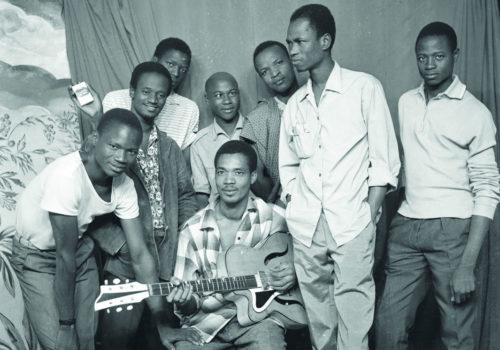In the last twenty years, African photography from the 1950s–1970s has received huge attention worldwide and a whole host of exhibitions and publications have been devoted to it. Interest in the work however has rarely been accompanied by any desire to safeguard and update archives. No doubt there has been the occasional experiment, but efforts remain limited in relation to the enormous scope of requirements. Vast sections of some archives are in grave danger. The photographs are conserved in dusty, hot and humid conditions without suitable packaging. The result is that many photographs and glass plates have become unusable and have been lost for good. If nothing is done, this process will inevitably accelerate. The importance of these archives and their historical and artistic interest, however, has become increasingly apparent. And it is equally apparent that archival activity cannot be limited to a handful of exhibitions and publications, despite the benefits to those involved and to the public at large. The archives contain valuable information on the tastes and ways of life of people over time. They constitute an invaluable cultural legacy through their artistic quality and genuine historical value.They also provide an irreplaceable window on a key period in the history
of African photography which, from the end of the Second World War to the mid-1980s, witnessed the rise and fall of black and white portrait art. This is why, thanks to the support of the Fonds de Solidarité Prioritaire (FSP), the National Museum of Mali has set up the “Mali Archives Photo” project, with the aim of implementing a suitable framework for the conservation, digitisation and documentation of Mali’s photographic archives. During its test phase the project has been working on the private collections of three photographers: Malick Sidibé, Abderramane Sakaly and Soungalo Malé, concentrating on a set of five hundred works from each. The photographers’ families each designated their own representative, trained for the project’s requirements, who has been working in direct liaison with the project team. The team’s tasks consist of inventorying, cleaning, packaging, digitising and documenting the works. A database has been created for future online consultation. A selection of already processed and documented photographs has been touched up for the purposes of the special exhibition within the Biennial.
Samuel Sidibé, General Manager of the National Museum of Mali
Heritage exhibition
Mali Photo Archives
Soungalo Malé, Abderramane Sakaly, Malick Sidibé
Curators: Samuel Sidibé, SokonaTounkara and Laura Serani
















